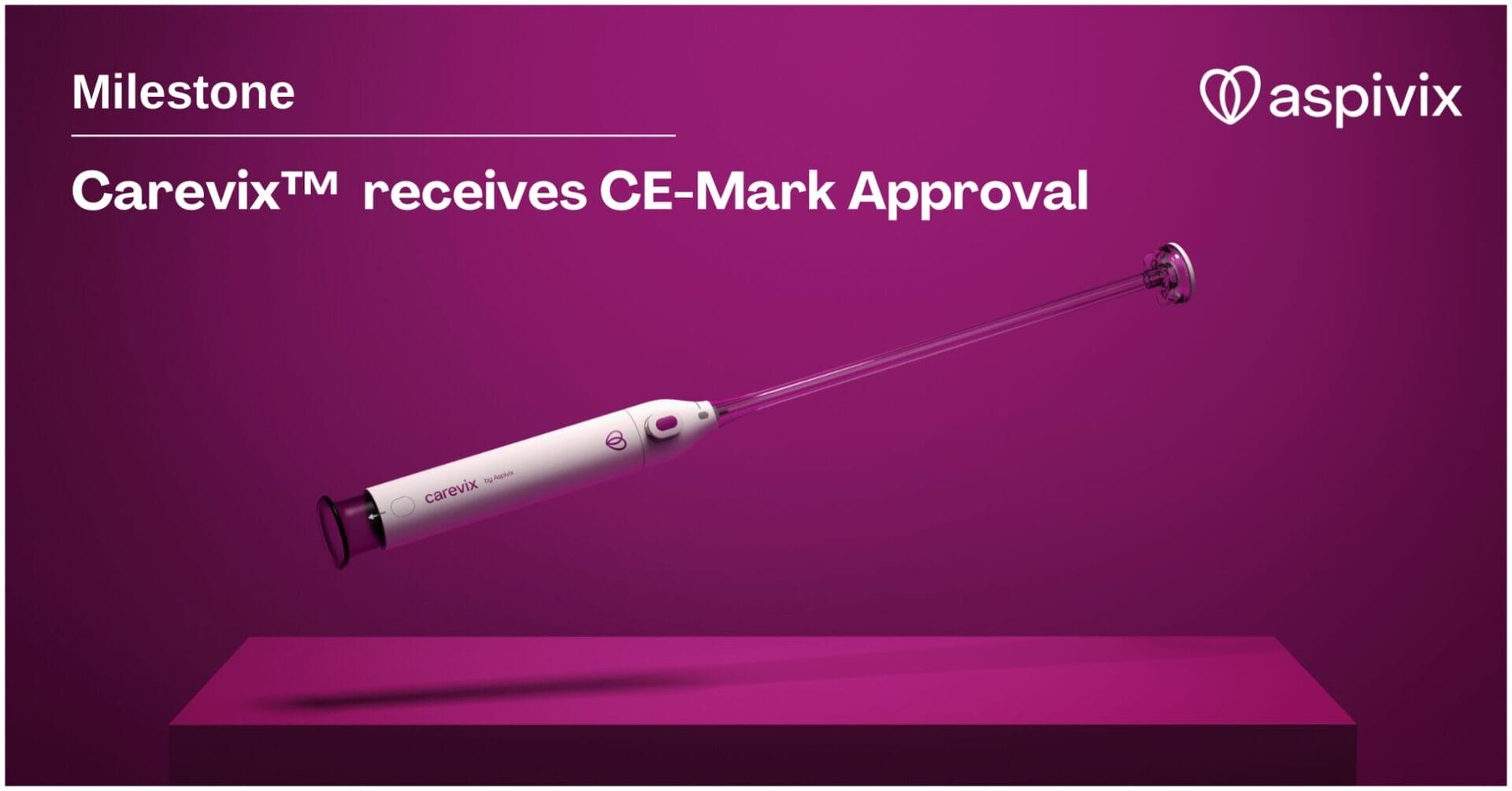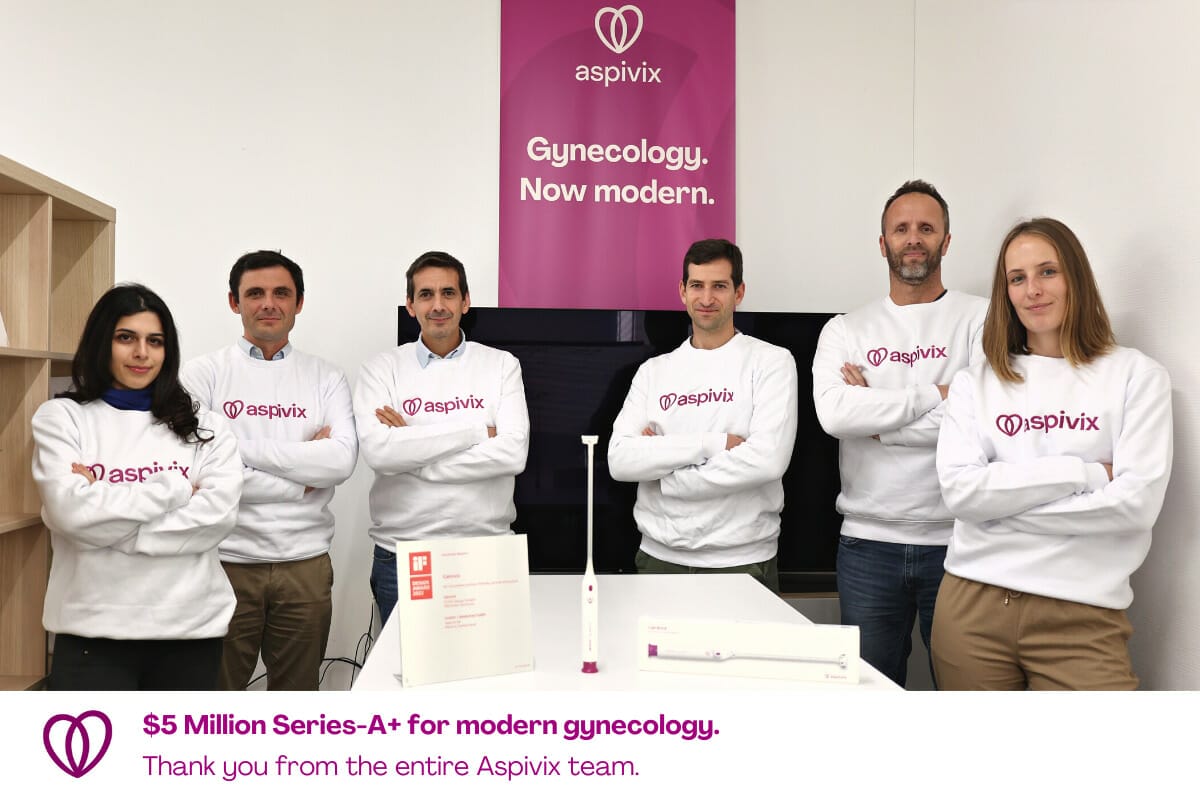
How Can IUD Helps with Migraines and Other Health Conditions?
Inspired by the celebration of World Health Day in April, we go beyond contraception to explore the benefits of IUDs in common health conditions affecting women such as migraine or endometrial cancer. Join us on this discovery:
Migraines
Migraine affects 1 in every 7 adults in the world – it is about 3 times more common in women than men. In the US, migraine affects as much as 37% of reproductive age women. The prevalence of migraine even increases with age. It has also been found that migraines are more prevalent in women with endometriosis.
In general, migraines are triggered by environmental factors, hormonal changes, and diet. Hormonal changes are often considered as triggers – on the other hand, hormonal contraceptives may also help regulate these changes and decrease the likelihood of getting migraines. The only problem is some types of birth control pills can also increase your stroke risk.
According to the American Migraine Foundation, women younger than 45 years who are suffering from migraine with aura have a higher risk for getting ischemic stroke, a condition where the brain’s blood vessels become narrowed, which severely cuts blood flow. The risk may further increase if it’s a combination of estrogen-progesterone contraceptive.
Because of this risk, it is better to switch to non-hormonal birth control methods like the copper IUD. Copper IUDs do not release hormones, but instead use copper’s properties to damage the sperm and prevent it from reaching the egg. Copper IUDs can be used for up to 12 years and has a 99.9% effective at preventing pregnancy.
However, it cannot be used by women with uterine abnormalities, pelvic infection, cervical or uterine cancer, unexplained vaginal bleeding, and allergy to copper. Another alternative for women with migraines is the progestin-only contraceptive.
Predisposition to Venous Thromboembolism (VTE)
Venous Thromboembolism is a condition where the blood clot forms in the deep veins of the leg, groin or arm. When the clot breaks free from a vein wall, it can travel to the lungs and cause pulmonary embolism. Pulmonary embolism is the most common preventable cause of death among hospital patients in the US.
The risk for developing blood clots is also higher among women who use birth control containing estrogen. The risk is highest during the first year of oral contraceptive use. Other factors that increase Deep Vein Thrombosis (DVT) risk are smoking, obesity, genetic blood clotting disorders, family history of blood clots, and a previous history of blood clots.
For women who have an increased risk of DVT and blood clots, IUDs are considered to be a safer option. In a study comparing injectable depot-medroxyprogesterone acetate contraceptives and levonorgestrel intrauterine device in relation to DVT risk, it has been found that the use of the latter was not associated with an increased DVT risk.
Menorrhagia
Menorrhagia or heavy menstrual bleeding is a common condition where bleeding lasts longer than 7 days and is characterized by heavy flow. The treatment depends on the severity of bleeding, the cause of bleeding, health, age, and medical history.
IUDs are a recommended option for women who suffer from heavy menstrual bleeding. It is known to reduce heavy menstrual bleeding, cramps, and eventually cause periods to stop altogether. Hormonal IUDs, particularly Liletta and Mirena, release a type of progestin called levonorgestrel, which thins the uterine lining and decreases blood flow and cramping. The Mirena coil is specifically licensed for managing idiopathic menorrhagia.
Endometrial Cancer
Regression has been seen in 82% of women with early-stage endometrial cancer who have received hormonal therapy with an IUD. A study presented at the Society of Gynecologic Oncology found that this treatment was “safe and effective with high compliance,” but it needs long-term follow-up.
Endometrial cancer and ovarian cancer risk also decrease with IUD use. Endometrial hyperplasia, which is the abnormal thickening of the uterine lining that causes heavy bleeding. If left untreated, this may lead to endometrial cancer. Hormonal IUDs may help prevent this condition.
Endometriosis
IUDs may also help with endometriosis, a disorder where the tissue that is similar to the tissue that forms the lining of the uterus grows outside the uterine cavity. Women who are suffering from this condition may have painful periods, cramps one to two weeks around menstruation, and lower abdominal pain before and during menstruation. It can affect women from the time they get their menses until menopause, but is most common among women in their 30s to 40s.
IUDs may help women with endometriosis by reducing heavy menstrual bleeding while providing contraceptive use. Another proven way how to help reduce endometriosis pain is the surgery.
Conclusion
Despite all facts mentioned above, it is important to keep in mind that the adoption of Intrauterine devices should be recommended after careful examination of gynecologist. Considering the uniqueness of each woman and her body, other contraceptive methods could be a better option fit for certain health conditions.
- Hormonal Contraceptive Options for Women With Headache: A Review of the Evidence
- How to Choose Birth Control When You Have Migraine
- Why Birth Control And Migraines With Aura Don’t Mix
- Stroke
- Copper IUD (ParaGard)
- Increased frequency of migraine among women with endometriosis
- How effective are IUDs?
- What is Venous Thromboembolism (VTE)?
- DVT and Birth Control Pills (Oral Contraceptives)
- The Risk of Deep Venous Thrombosis Associated With Injectable Depot–Medroxyprogesterone Acetate Contraceptives or a Levonorgestrel Intrauterine Device
- The Best Birth Control for Migraine: With and Without Aura
- Menorrhagia (Heavy Menstrual Bleeding)
- Menorrhagia (heavy menstrual bleeding)
- The effects of the levonorgestrel intrauterine system (Mirena coil) on endometrial morphology
- Hormonal IUD Shows Promise in Early Endometrial Cancer
- Intrauterine Device (IUD) for Birth Control
- IUD Use to Treat Endometriosis
Share this story:










